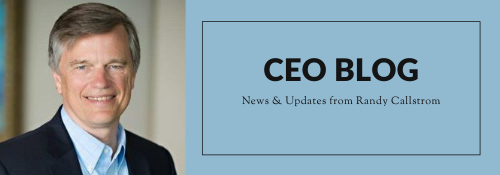
We all drive by people sitting at intersections with signs describing their plight and asking for money. We see homeless camps in our community or on TV and see groups of homeless individuals gathering on city streets. And we may experience a range of emotions including discomfort, fear, anger, or compassion in these moments. We may feel unsure about how to help. Or we may wish they would just go away.
Cities and states across the country are struggling with what to do about the rising number of individuals who are living on the streets, in their cars, or couch surfing. This year the Supreme Court ruled that it may be illegal to camp on public land. In California, Governor Newsom has ordered the police to break up homeless camps, a practice that is common across the country. These actions attempt to push people out of sight but often without an alternative plan.
In Bergen County, New Jersey, and other communities in the country, they developed comprehensive plans to end homelessness. Plans that include shelters, affordable housing, and wrapround services including healthcare, mental health and substance use treatment, and other social services. The result is that Bergen County reached functional zero homelessness. They eradicated chronic homelessness and developed a safety net to lift those that fall into homelessness back into housing.
How communities approach homelessness depends on how we feel when we see people who are homeless and why we believe people become homeless.
We may view homelessness because of laziness or see homelessness as a personal or even moral failure. It is easy to judge when you see people who are homeless as different than you, less than you. This view can lead to punitive laws that criminalize being homeless.
The truth is that each of us has a story. Some of us have a story about how we became homeless. Many people who are homeless have stories of trauma that led them down a far different path than they imagined. That includes veterans who experience post-traumatic stress disorder (PTSD) or otherwise struggle to readjust to civilian life. Or those that experienced early childhood trauma or grew up in the foster care system without a caring person in their life. Some were born with a severe mental illness that impact their daily functioning. Others simply lost a job and could no longer afford a place to live. And more working people today simply cannot afford the cost of housing.
Being homeless makes a person’s misfortune and vulnerability very visible. When we approach homelessness as something that needs to be “cleaned up” and swept out of sight because we are uncomfortable, we do a disservice to those experiencing homelessness and to our community. Those experiencing homelessness need to have access to services and resources that can help them. And we all need housing we can afford. There but for the grace of God go I.
